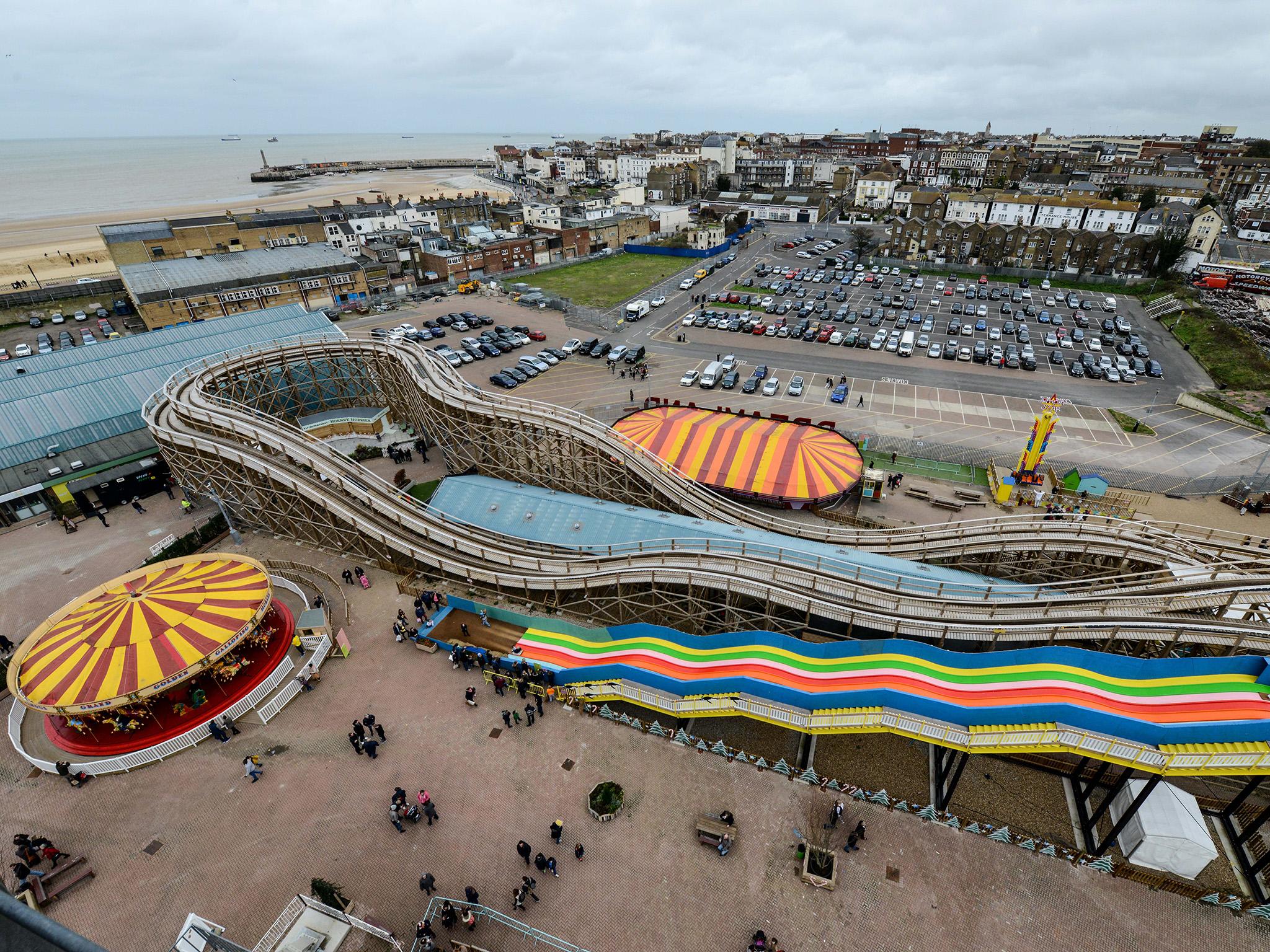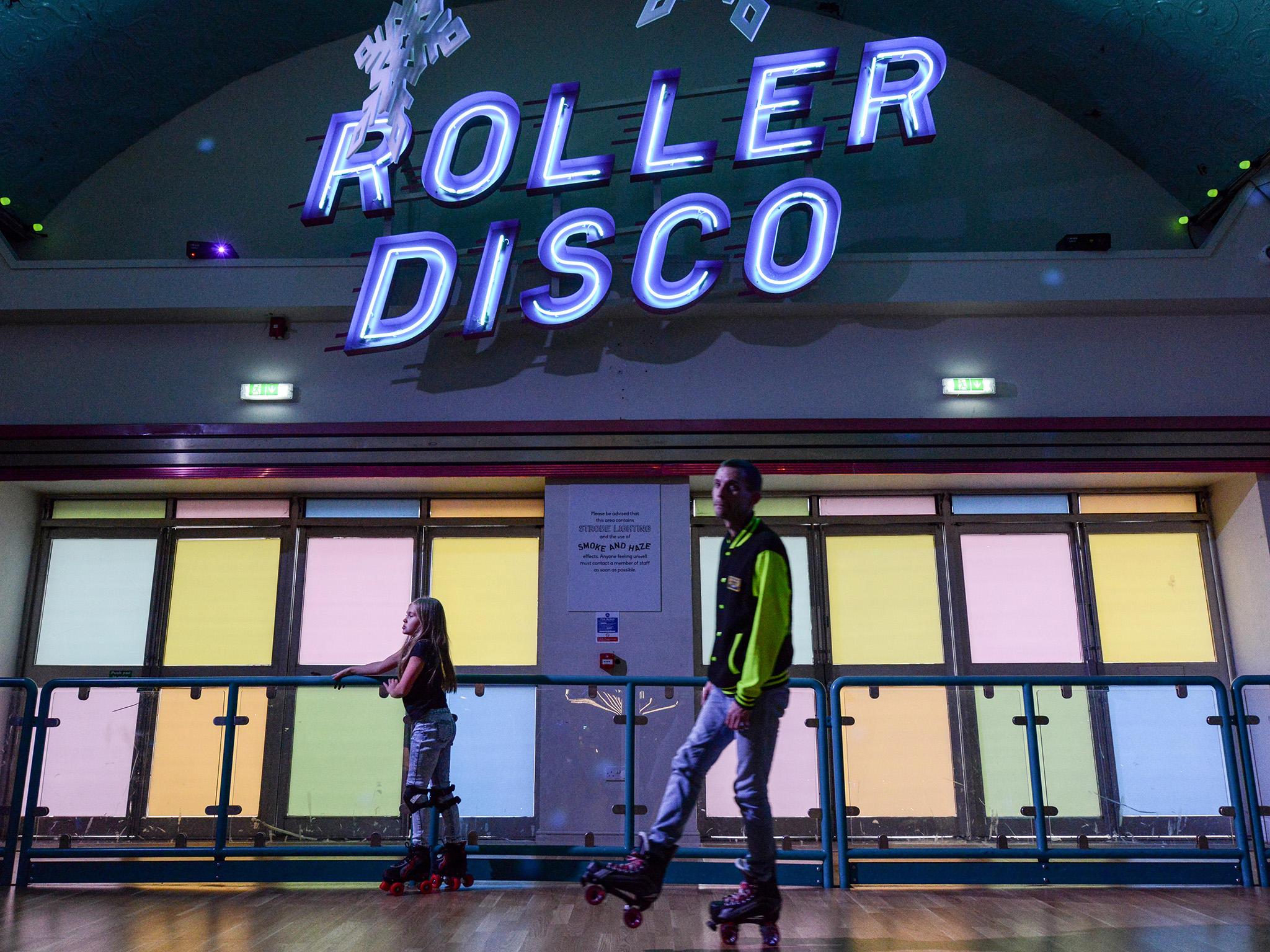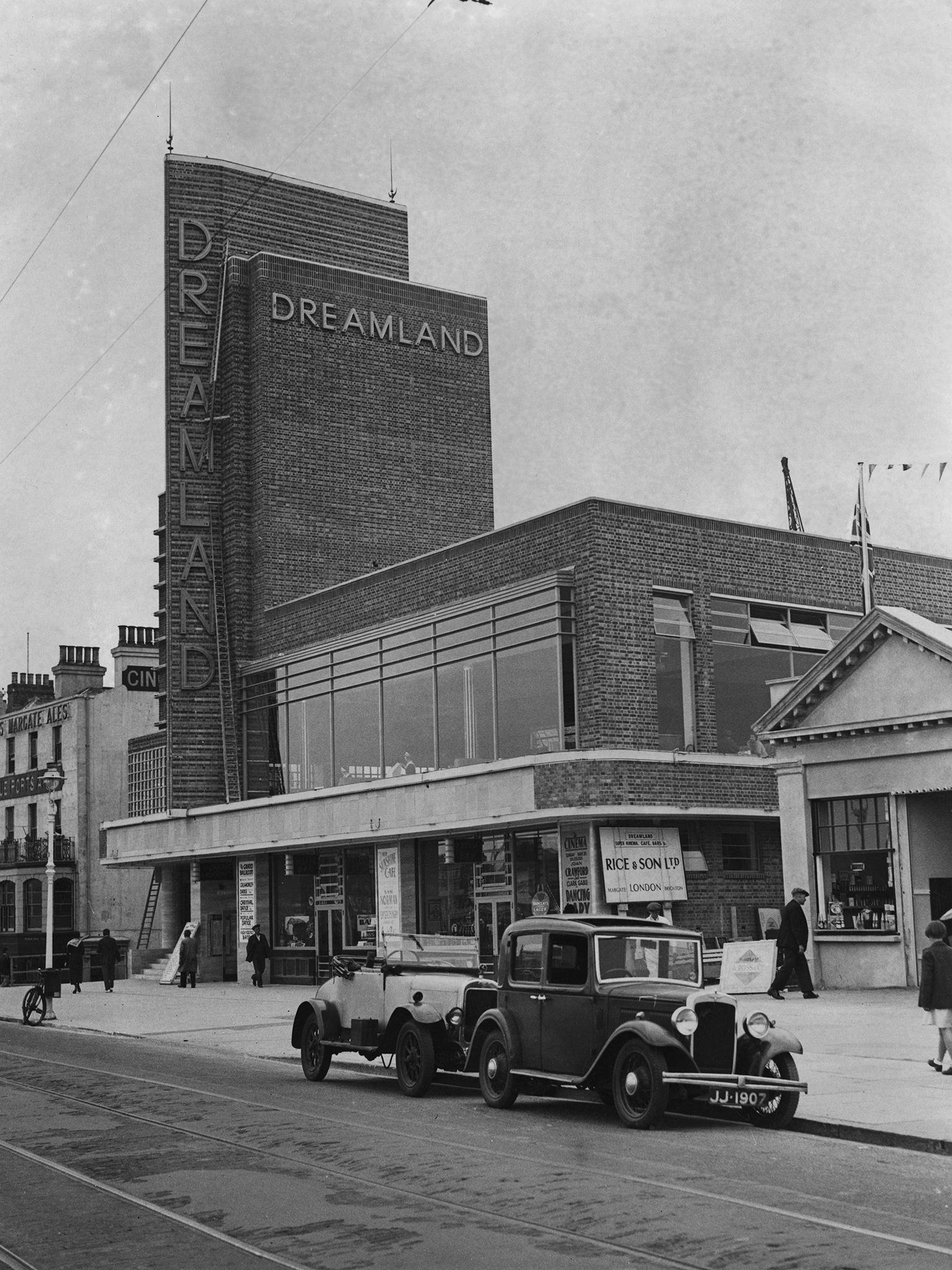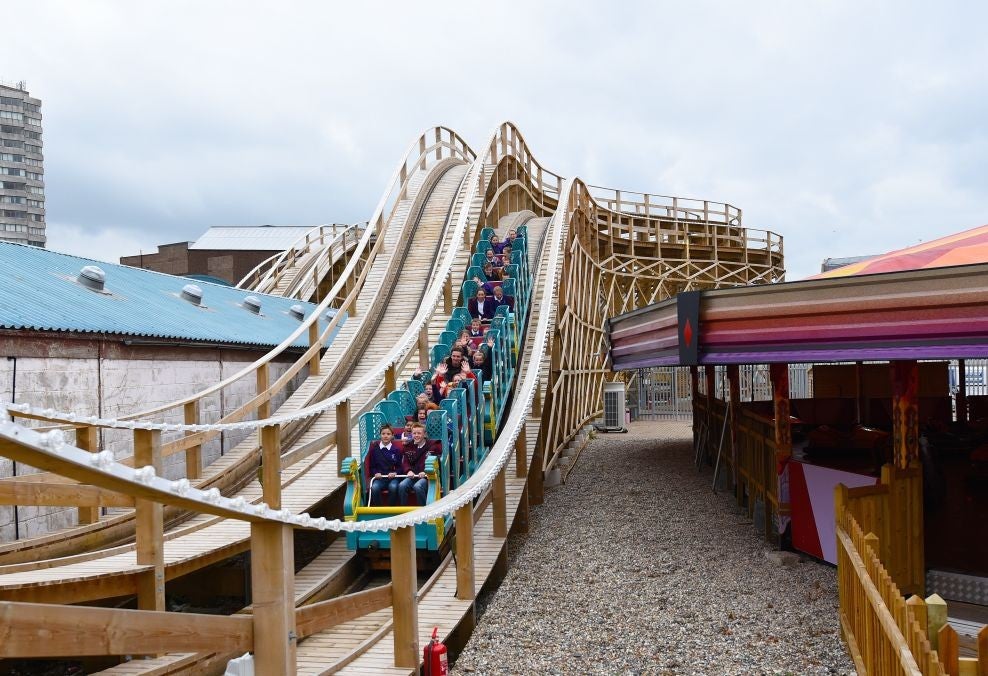A wake-up call for Margate's broken Dreamland
The historic amusement park’s renovation was meant to set the seal on Margate’s revival. Instead, it has misjudged the new mood at the hipster hangout-on-sea

Your support helps us to tell the story
From reproductive rights to climate change to Big Tech, The Independent is on the ground when the story is developing. Whether it's investigating the financials of Elon Musk's pro-Trump PAC or producing our latest documentary, 'The A Word', which shines a light on the American women fighting for reproductive rights, we know how important it is to parse out the facts from the messaging.
At such a critical moment in US history, we need reporters on the ground. Your donation allows us to keep sending journalists to speak to both sides of the story.
The Independent is trusted by Americans across the entire political spectrum. And unlike many other quality news outlets, we choose not to lock Americans out of our reporting and analysis with paywalls. We believe quality journalism should be available to everyone, paid for by those who can afford it.
Your support makes all the difference.Less than a year after its £18m restoration and grand re-opening, Margate’s Dreamland has gone into administration with debts of more than £14m. The theme park continues to trade and has now scrapped the entry fee, instead charging per ride in a last-ditch attempt to lure more visitors. But its future remains uncertain.
Dreamland’s desperate scrabble to stay afloat seems unlikely to succeed without a radical rethink. The park’s regeneration was well-intentioned with enormous effort put into restoring its original rides, in particular the famous Scenic Railway, the 1920s wooden rollercoaster, Dreamland’s main attraction. But at the opening gala in June 2015, the over-riding impression was of jumping onto a tired "vintage" bandwagon, amid a palpable air of last-minute panic.
As it turned out, the Scenic Railway was not ready in time for the opening, much to the dismay of the organisers as well as the locals who had come out in their droves to witness the revival of this Margate landmark. It came as no surprise that Wayne Hemingway, who was hired to design the revamp, has since claimed that the entire project was underfunded from the start.
I attended the opening, escorted on a specially chartered train in a flurry of PR puff. When the promised “cocktails” turned out to be warm cans of ready-mix gin and tonic, served out of a Marks & Sparks carrier bag, I feared it was a portent of things to come, a metaphor for the worst kind of British half-arsedness.

Dreamland’s failure to draw the crowds has been a sad if somewhat inevitable outcome – but it doesn’t have to be the end of the story. With the right vision, 21st-century Dreamland has the potential to become something far more exciting than a clichéd nostalgia-fest or an ironic snigger at a "fish and chips" culture of the past.
Margate is changing. Its transformation from run-down seaside town to hipster-hangout-on-sea is well documented. It has always had the beaches, the views and the sunsets. Now it has the Turner Contemporary gallery, a thriving music and arts scene, and a throng of independent shops, cafes and bars. What it has also acquired is a passionate, motivated new breed of residents who care deeply about its fate. Despite the grumbles of some, this is the future for Britain’s ailing seaside towns. They are being re-energised by the Londoners who are tired of London, but not tired of life.
Dom Bridges, founder of Haeckels skin care range, made from Margate’s own seaweed, is an example of the town’s new demographic. Having relocated from London six years ago, he says he has found inspiration in the mix of old and new. “The town’s soul represents the core of what's great about our country, good work ethics, art, entrepreneurs, multiculturalism, ideas – a community coming together.” And he is resolutely bullish about the future of Dreamland.
“It won’t fail, it can’t fail,” he declares, citing the story of John Henry Iles, Dreamland’s founder, who took 15 years to develop the amusement park in the 1920s, eventually transforming it into one of the most popular leisure destinations in the country.

Bridges believes the reversal of Dreamland’s fortunes can be achieved by expanding its role beyond a straightforward fun fair, and hails the likes of the forthcoming By The Sea music festival, as well as the support of record label, Moshi Moshi, whose proprietors are recent Margate arrivals from London.
In hindsight, it may be that the “retro by numbers” remodel of Dreamland was a mismatch for this reinvented British seaside town. Falling between two stools, Dreamland in its current incarnation cannot compete with the genuine thrills and spills of theme parks such as Chessington or Alton Towers (how many 10-year-olds are interested in the engineering intricacies of a wooden rollercoaster?) But it holds limited appeal for the visitors who make the trip to Margate for the more cerebral pursuits of the Turner Contemporary or the town’s bewitching Shell Grotto. And all the reasons that led to the decline of the UK’s seaside resorts in the 1970s – unpredictable summers and cheap flights to guaranteed sunshine – still remain. The British public simply aren’t willing to spend their holidays in a queue, clutching a 99 under an umbrella any more.
Bridge’s vision of combining the funfair with a cutting edge arts and music venue may be the answer in a town that is changing fast. While we Brits may specialise in half-arsedness and twee nostalgia, we are also world leaders in the creative, the subversive and the witty. As it turned out, the opening weekend of Dreamland coincided with a Grayson Perry exhibition at Margate’s Turner gallery, just half a mile up the road. As a celebration of British eccentricity, humour and imagination, it only served to make the enforced fun and hackneyed slogans of Dreamland feel tired and obvious, out of sync with a town that is moving away from its past.

“Dreamland used to be cool,” a former Margate resident tells me, describing how he spent much of his teenage years in the 1970s hanging out there with his mates on their motorbikes and chasing girls. “It was the place to be. But it was a bit dangerous, a bit sketchy. That’s not the image they want now. If it’s going to survive, it has to become cool again, whatever that means today.”
It is essentially the same sentiment as that of Bridges, who remains undaunted by Dreamland’s current crisis, “Everything is in place. It's all about learning, listening and moving forward as a community. No one is coming to save our seaside towns – only the people that love them and the people that live in them."
They are both right. A theme park of a theme park serves nothing and no one. For Dreamland to thrive and survive, it needs to be looking to the future, not the past.
Join our commenting forum
Join thought-provoking conversations, follow other Independent readers and see their replies
Comments